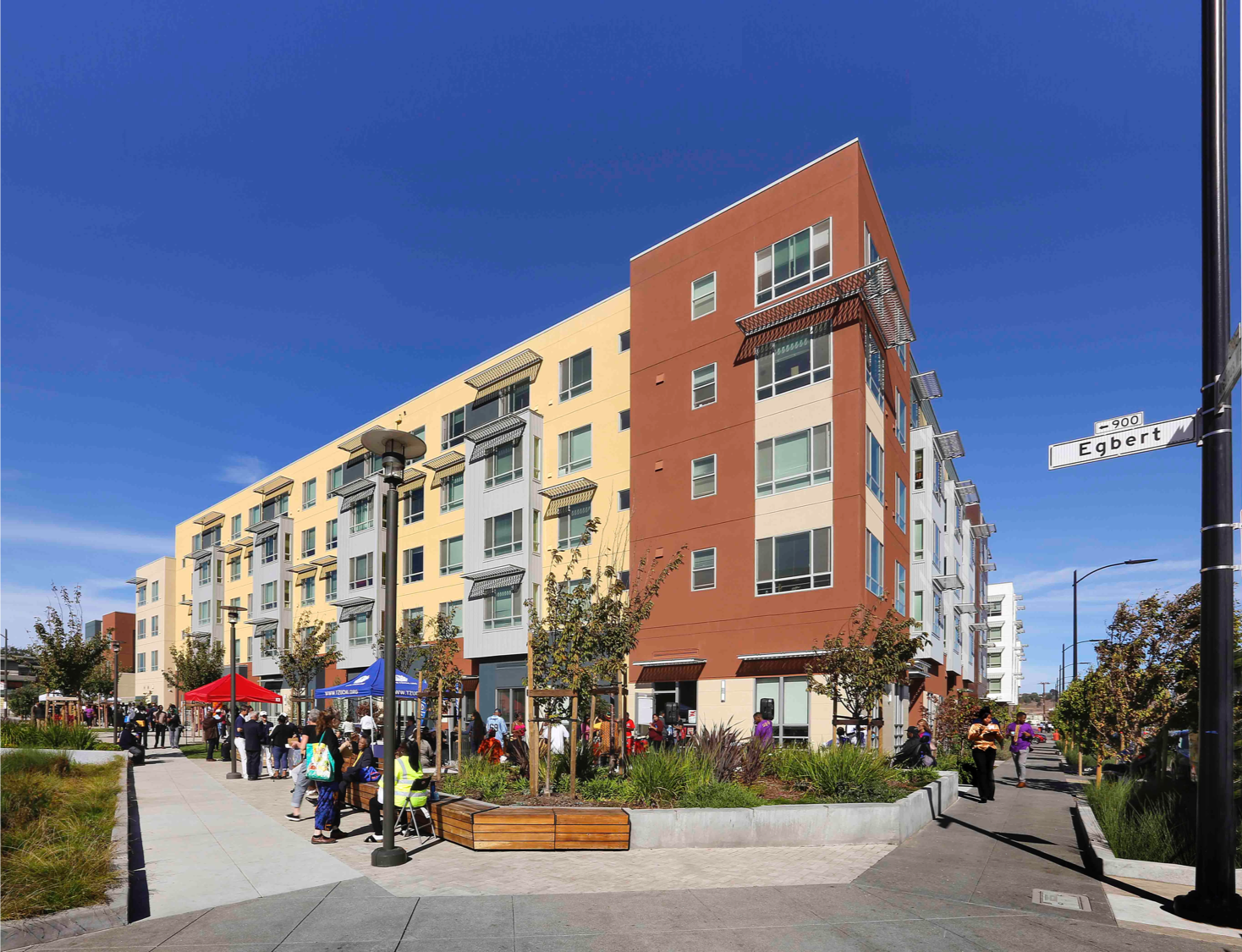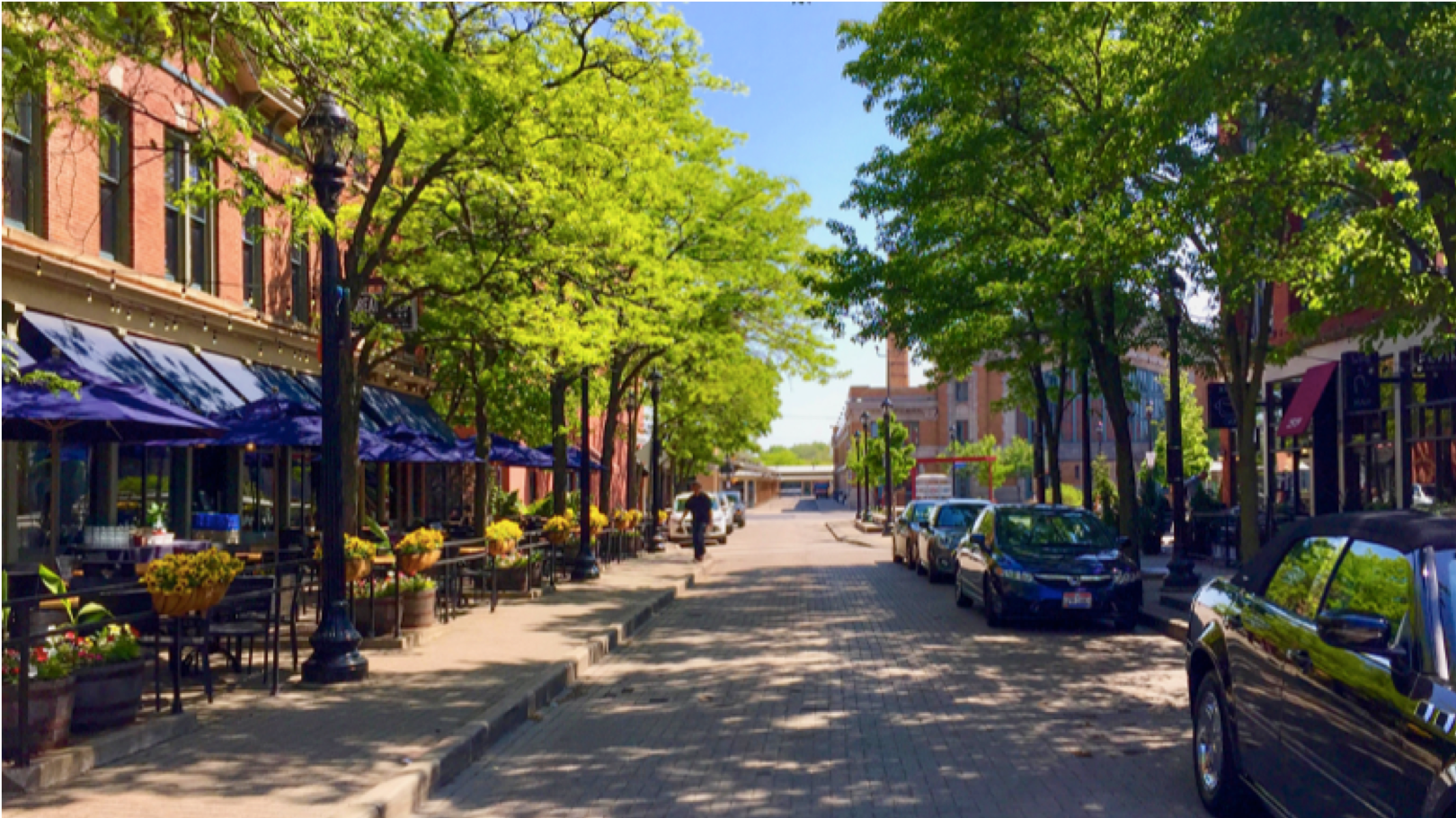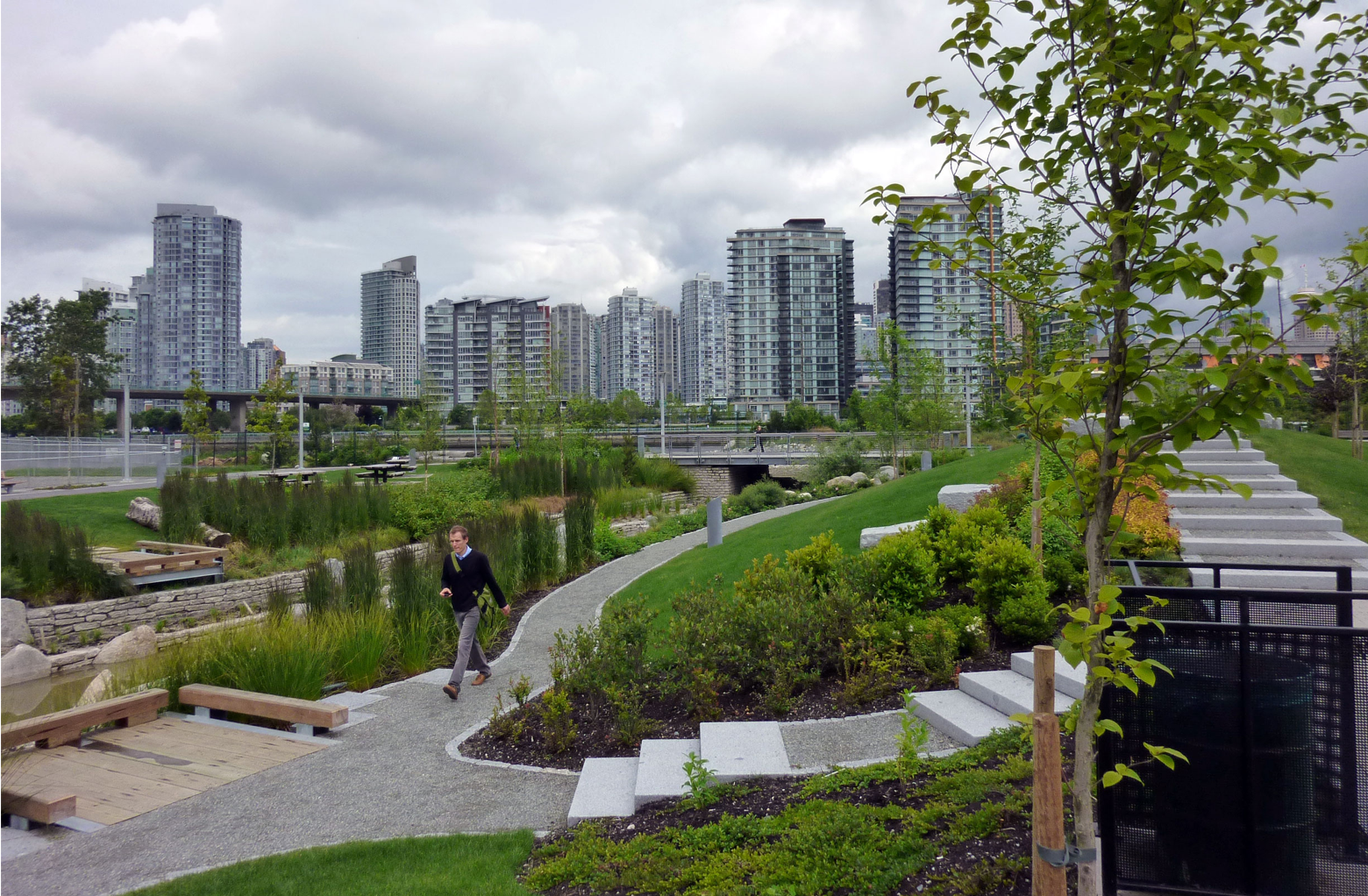Downtown RedevelopmentMost current zoning codes make it illegal to replicate a beloved street or neighborhood, hampering the ability for communities to develop more of the walkable, vibrant streets and neighborhoods that are the historic hearts of many cities and towns. Where communities seek to attract investment in their downtowns and adjacent neighborhoods, incremental reforms to their zoning codes can offer fundamental changes that will provide a significant impact on what can be built. |
|
|
|
|
SuburbsAs baby boomers age and more of the millennial generation enters adulthood, an increasing number of Americans would like to live in more centrally-located, walkable environments, yet post-war auto-dependent development pattern exists in nearly every city and town in the US. These suburban landscapes epitomize what many communities have a desire to transform through incremental code reform, from places built for and accessible only by car, to walkable, vibrant, and distinct streets and neighborhoods. |
|
|
|
|
Affordable HousingIn communities across the country, too many people are enduring a housing crisis, where a dearth of affordable housing in high demand areas and a lack of diversity of housing within the marketplace have coupled to price many people out of housing that meets their needs and ensures their quality of life. In many cases, zoning reform can ease or even remove regulatory limitations that have contributed to this crisis by limiting where, what, and how much housing is able to be built. |
|
|
|
|
Historic PreservationMost cities and towns want to protect their beloved local collections of historic buildings, civic landmarks, and street patterns. Incremental code reform can be a critical tool, when the pressure of economic opportunity, the complexity of existing regulations, and the demands of state and federal requirements threaten the ability to effectively protect what makes a town or neighborhood unique while still encouraging and supporting the best interests of the entire community. |
|
|
|
|
Street DesignWhile most streets today are engineered to prioritize vehicles, cities and towns must respond to the demand for more inclusive modalities and rapidly advancing transportation technologies. Central to successful urbanism is the relationship between street design and the land use that surrounds the street, and so reforming zoning codes is a fundamental step in achieving context-specific street design and establishing more walkable, bikeable, accessible, and transit-ready communities. |
|
|
|
|
StormwaterBest practices for managing stormwater start with where and how a city or town grows and develops. This is particularly important, whether seeking to reduce development costs to achieve more affordable housing and greater housing diversity or seeking to retrofit a sprawling suburban landscape into a more human-scaled and auto-independent urban environment, and code reform measures to preserve open space and encourage growth in already-developed areas can make an major impact. |
|
|
|
|
























